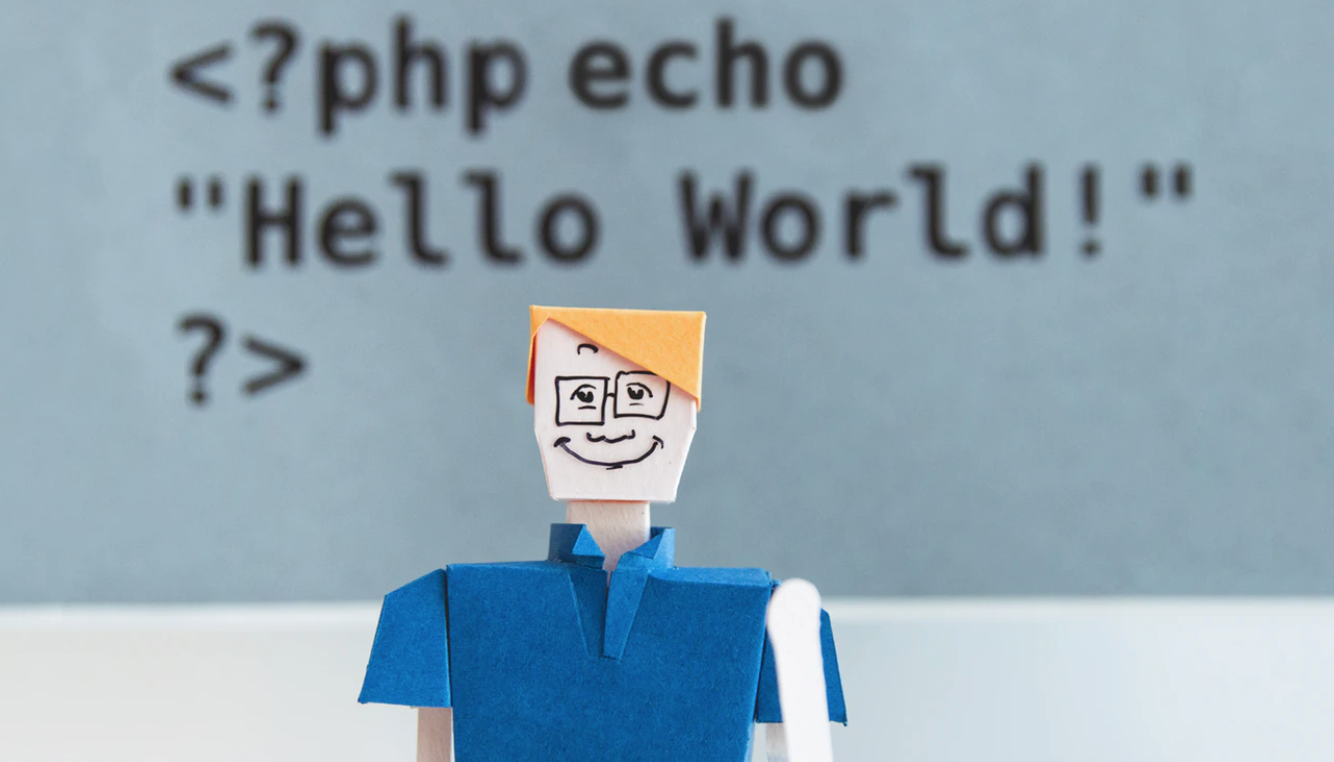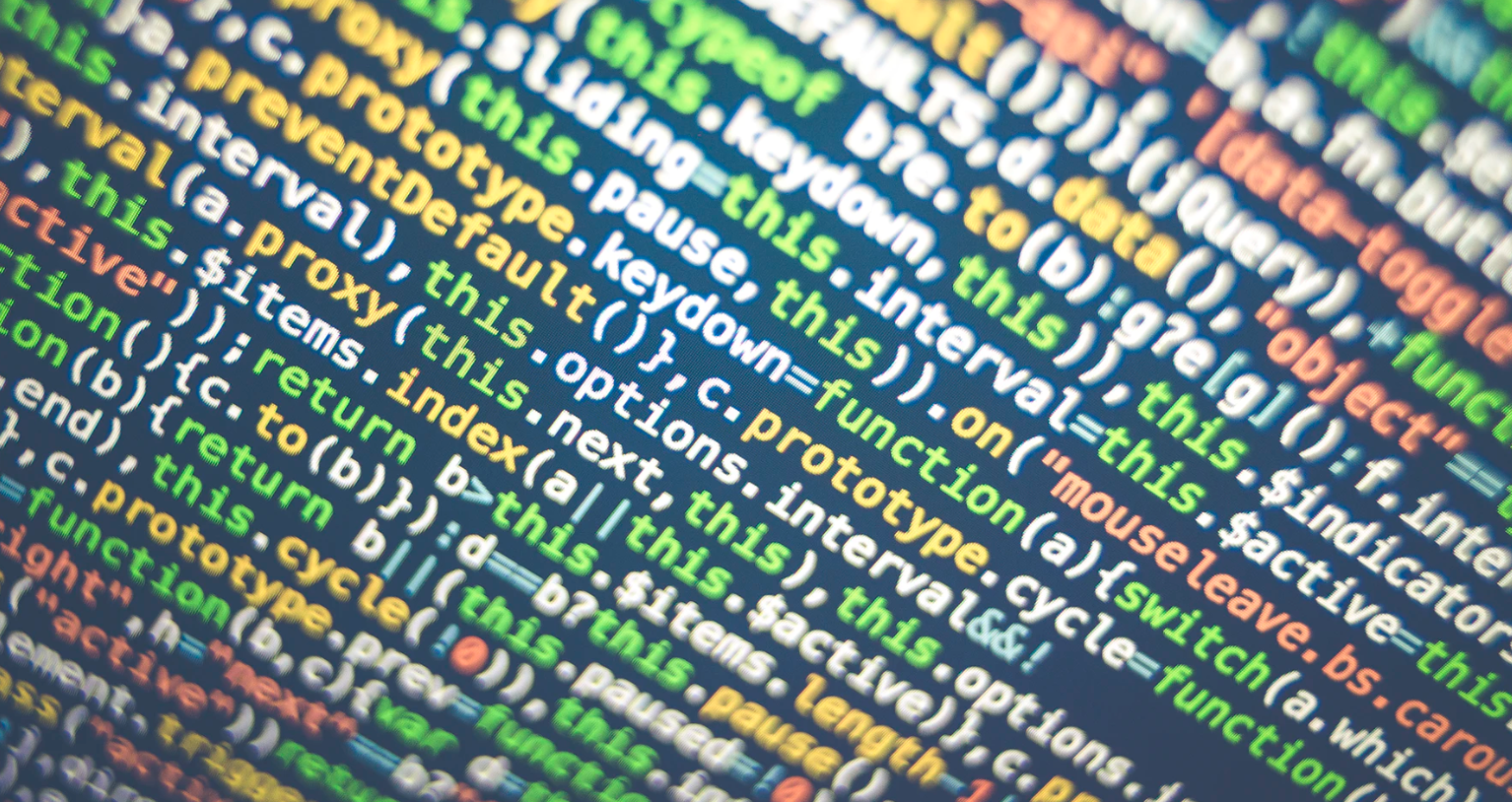While anybody can learn how to start coding, many people don’t take the plunge because they’re worried they need a computer-science degree, they’re too young, they’re “not good at math” or that there are already enough programmers.
Nothing could be farther from the truth. Programming is about solving problems. Yes, it can take some time to get to grips with specific languages, but there are plenty of resources for every kind of learning style.
Here are the essentials on how to start coding on your own.
1. Come up with a simple project

You can’t learn carpentry without making a few cupboards. Likewise, when you’re learning to code, the best practice is making programs. Without that clear project, it’s easy to lose focus and motivation. So come up with an idea, and work toward that goal.
Try and keep the project simple. For example, make your life easier with a budget calculator or try building an old classic like Hangman.
We can’t stress how important this is. So before you dive into choosing a language or reading a book, come up with an idea. Got one? Great. Let’s continue.
2. Get the software you’ll need

You don’t need much to start writing code. It’s making sure your computer knows how to run it that sometimes needs a little setup. So, if you’re completely new to programming, there are a few things you need to know.
It can be as simple as a text editor
When writing code, all you need to do is save the file as the correct type. For example, if you’re using Python, you’d save your text file as a .py instead of a .txt. You can make your life easier by downloading Notepad++, which helps you spot where you’ve made a mistake in your code.
Your computer needs to know how to read the code
When you run a file, your computer needs to know what to do with all that code. So make sure you search around for what you need to install before trying to run the file.
You can get software that’ll bring everything you need together
Once you know what language you want to learn, and start making more complex programs, you’ll want to download an Integrated Development Environment (IDE).
An IDE brings together a way to edit your code, see it run in real-time and create the final file you need. They’re not essential, but they make life so much easier.
Get to grips with the console
You’re probably used to using your computer with a well-designed interface. This is called a Graphical User Interface (GUI). But now that you’re going to be a programmer, it helps to know how to use the black window of power: the console. (A Command-line Interface.)
It’s not hard, but it’s probably unfamiliar to you. There’s a great tutorial by The New Boston on how to use the Windows Command Line.
Join communities about how to start coding

Now you know the basics, it’s time to get into the details. There are plenty of places online to ask questions, get help with sticky problems and learn best practices. Joining a community can really help encourage you to continue, and give you a bit of direction when you feel lost.
Here are four good ways to get involved:
- Reddit: /r/learnprogramming. An essential resource that brings together everything you might need to learn your language.
- Stack Overflow. Whenever you have a problem, it’s extremely likely someone else has already solved it. Stack Overflow is one of the best forums for finding those solutions.
- Meetup. Don’t underestimate how helpful it can be to know people in real life who code.
- Hackathons. These events bring people together to quickly create programs, usually over a weekend. You can find plenty online, but try starting out with Major League Hacking.
While joining a community won’t teach you a language, it will help you see where you’ve gone wrong.

